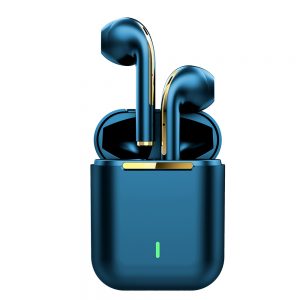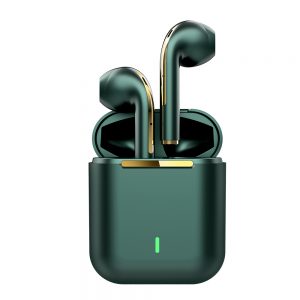Headphone suppliers will carefully classify and package the products when they ship. In most cases, they are distinguished by major categories. However, we still need to subdivide the specific differences in the model and color in the packaging. Therefore, we need to be careful , One-to-one correspondence, no errors. In many cases, it is difficult to find errors after the headset is assembled and packaged. We generally encapsulate the headset according to the way of wearing and the type of drive. The packaging of high-end smart products is more complicated, and most of the packaging adopts relatively simple and novel designs. Therefore, there are more packaging steps. There is also the supporting gifts and external packaging design that are more distinctive. The classification is also different. The common categories are:
1. Moving coil earphones are common and common earphones. The usual headphone driver unit of the headphone supplier is basically a small moving coil speaker, which is driven by a voice coil in a permanent magnetic field to vibrate the diaphragm connected to it. Dynamic headphones are more efficient, most of which can be driven by the headphone output on the audio, and are reliable and durable.
2. The driver of the isomagnetic earphone is similar to the reduced flat speaker, which embeds the flat voice coil in the thin diaphragm, like a printed circuit board, which can evenly distribute the driving force. The magnets are concentrated on one or both sides of the diaphragm (push-pull), and the diaphragm vibrates in the magnetic field formed by it. The diaphragm of a magnet earphone is not as light as the diaphragm of an electrostatic earphone, but it has the same large vibration area and similar sound quality. It is not as efficient as a moving coil earphone and is not easy to drive.
3. The electrostatic earphone has a light and thin diaphragm, which is polarized by a high DC voltage. The electric energy required for the polarization is converted by alternating current, and it is also battery-powered. The diaphragm is suspended in the electrostatic field formed by two fixed metal plates (stator). When the audio signal is loaded on the stator, the electrostatic field changes and drives the diaphragm to vibrate. The single stator can also drive the diaphragm, but the push-pull form of the double stator has less distortion. Electrostatic earphones must use special amplifiers to convert audio signals into voltage signals of hundreds of volts. The electrostatic earphones can also be driven by connecting a transformer to the output of the power amplifier. Earphone suppliers are relatively expensive. Electrostatic earphones are expensive and not easy to drive. The sound pressure level that can be reached is not as large as that of moving coil earphones, but it has a fast response speed and can reproduce all kinds of tiny details with extremely low distortion. .
4. Electret earphones are also called fixed electrostatic earphones. Its diaphragm itself is polarized or the electrostatic field emitted by polarized materials outside the diaphragm is polarized, and no special equipment is required to provide a polarization voltage. Electret earphones have most of the characteristics of electrostatic earphones, but the electret will gradually depolarize and need to be replaced, and its life span is about 5-10 years.
5. The wireless headset consists of two parts, a signal transmitter and a headset with a signal receiving and amplifying device (usually a moving coil type). The transmitter is connected to the signal source, and you can also connect a preamp or headphone amplifier in front of the transmitter to improve the sound quality and adjust the tone. A wireless headset generally refers to a headset system that transmits signals by infrared rays, and this type of headset refers to a headset system that uses radio waves to transmit signals.
The working frequency of infrared earphones ranges from a few KHz to a few MHz. The products produced by earphone suppliers generally have an effective distance of about 10 meters, and the earphones must be within the visual range; wireless earphones operate at VHF 130MHz-200 MHz, UHF 450 MHz -900MHz , Most headphones work on UHF, with a transmission range of up to 100 meters, and can bypass obstacles. Two or more wireless earphones may interfere with each other, so when choosing them, it is best to choose a variety with multiple operating frequencies. Such earphones may be less interfered when working on UHF than on VHF. Both of these headphones have background noise, and the higher-end models have adopted noise reduction technology. It should also be noted that the battery life of the wireless headset should generally not be less than 8 hours.








